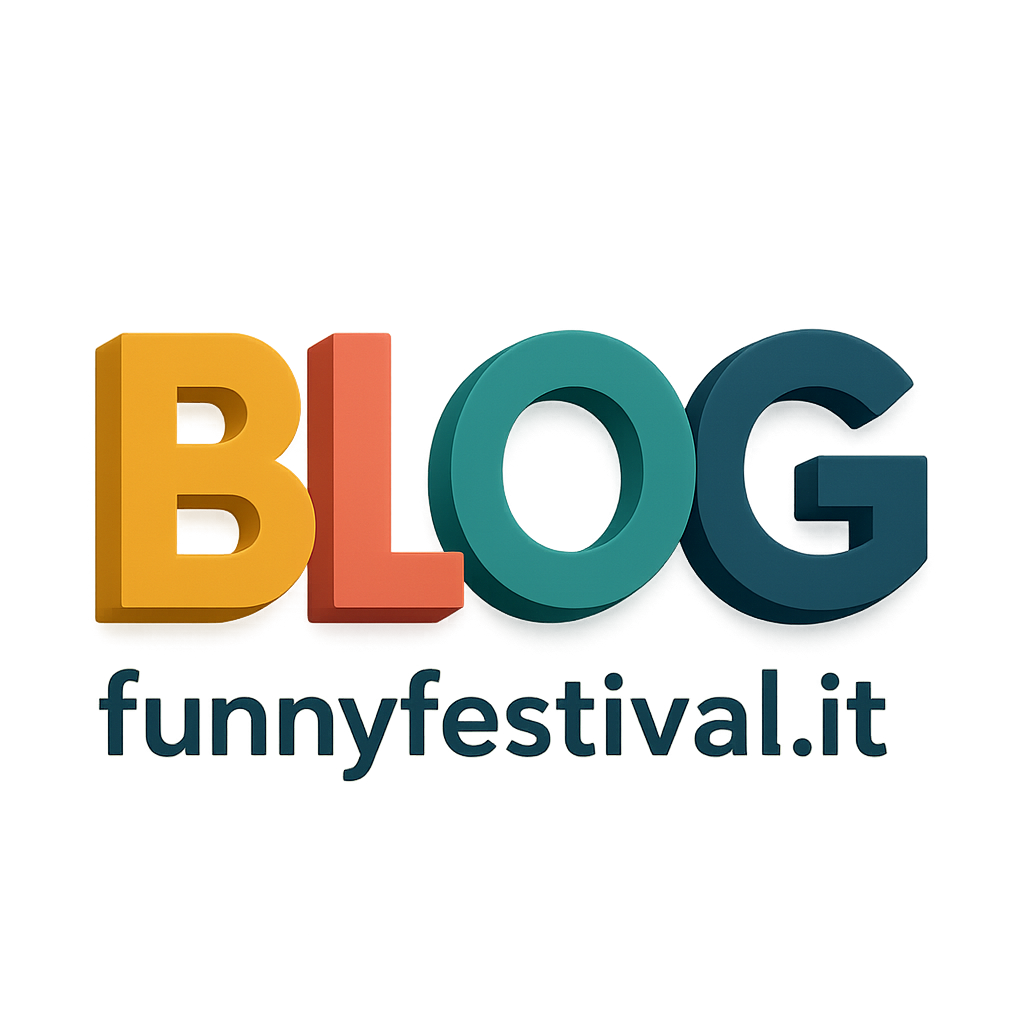The hum of the refrigerator, the ping of a notification, the irresistible urge to check social media just once more—studying at home in 2025 feels like navigating an obstacle course of distractions. As remote learning and hybrid work models become the norm, the ability to focus amidst domestic chaos has transformed from a soft skill to a survival tactic. Imagine Luca, a university student in Milan, whose productivity plummets each time his phone lights up with TikTok alerts, or Sofia in Naples, who spends more time reorganizing her desk than reviewing her economics notes. Their struggles mirror a global phenomenon: our brains, constantly bombarded by digital stimuli, are losing the capacity for deep work. Yet neuroscience reveals an empowering truth—concentration isn’t an innate gift but a muscle that can be strengthened through strategic training and environmental design.
Engineering Your Environment for Laser Focus
The battlefield for attention begins with physical space. A 2024 Cambridge University study found that students working in optimized environments improved retention rates by 63% compared to those in cluttered spaces. Consider these neuroscientific principles when creating your study zone:
| Element | Optimal Setup | Scientific Rationale |
|---|---|---|
| Lighting | 5000K daylight LED at 45° angle | Mimics natural light, reduces eye strain |
| Acoustics | 45-55dB with pink noise | Masks disruptive sounds without overstimulation |
| Temperature | 20-22°C (68-72°F) | Maintains ideal cognitive performance |
The Digital Detox Protocol
Our devices have become the ultimate focus saboteurs. Implement these tech boundaries:
- App jail: Use focus apps like Forest to block distracting websites during study sessions
- Airplane mode rituals: 90-minute blocks with all notifications disabled
- Secondary devices: Keep a tablet solely for academic work without social media logins
Harnessing Circadian Rhythms for Peak Performance
Your biology holds the key to unlocking sustained concentration. Chronobiologists have identified three distinct cognitive chronotypes that dramatically affect study efficiency:
- Morning Larks (25% of population): Peak focus between 6-10AM, ideal for complex subjects
- Intermediate Types (55%): Two productivity waves (9-11AM and 3-5PM)
- Night Owls (20%): Creative surge post-8PM, better for conceptual learning
Track your energy levels for a week using apps like Bearable to identify your personal ultradian rhythms—the natural 90-120 minute cycles of alertness our brains follow.
The Neurochemistry of Concentration
Understanding your brain’s chemical messengers can revolutionize your study approach. Four key neurotransmitters govern focus:
| Neurotransmitter | Trigger Activities | Food Sources |
|---|---|---|
| Dopamine | Small wins, progress tracking | Dark chocolate, almonds |
| Acetylcholine | Novel learning methods | Eggs, broccoli |
| Norepinephrine | Moderate stress/urgency | Green tea, apples |
Ancient Techniques for Modern Focus
Traditional concentration methods have gained scientific validation in recent years. The Trataka candle technique, practiced by Indian yogis for centuries, now shows remarkable results in fMRI studies:
- Increases alpha brain waves by 27% (associated with relaxed focus)
- Strengthens the anterior cingulate cortex—the brain’s attention control center
- Reduces mind-wandering episodes by nearly half
Modern adaptations include using smartphone apps with moving visual targets for urban practitioners without access to traditional candles.
The Movement Paradox: How Physical Activity Boosts Mental Focus
Contrary to the “sit still and study” dogma, strategic movement enhances concentration through multiple mechanisms:
- Micro-workouts: 2-minute bodyweight exercises every 45 minutes increase cerebral blood flow
- Study pacing: Walking while reciting information activates the hippocampus differently than seated study
- Yoga breaks: Downward dog poses reverse the spinal compression from prolonged sitting
Nutritional Hacks for Sustained Attention
The gut-brain axis plays a crucial role in cognitive performance. Emerging research on psychobiotics—gut microbes that produce neurotransmitters—reveals fascinating connections:
| Food | Active Compound | Focus Benefit |
|---|---|---|
| Kimchi | Lactobacillus brevis | Reduces brain fog |
| Blueberries | Flavonoids | Enhances neural signaling |
| Walnuts | Omega-3 DHA | Improves working memory |
Technological Allies in the War Against Distraction
While technology often disrupts focus, when used intentionally it becomes a powerful concentration tool. The most effective 2025 study technologies include:
- EEG headbands: Real-time feedback on focus levels through brainwave monitoring
- Smart pens: Digitize handwritten notes while providing focus metrics based on writing patterns
- Ambient AI: Systems that automatically adjust lighting and sound based on detected concentration dips
Remember Marco, our distracted student from earlier? After implementing these strategies, he created what psychologists call attentional scaffolding—a personalized system of environmental cues, biological timing, and cognitive techniques that made deep focus his default state rather than a constant struggle.

Il Festival Continua sui Social!
I commenti sono chiusi, ma la festa non si ferma mai!
Per offrire la migliore esperienza possibile e mantenere una community vibrante, abbiamo spostato tutte le conversazioni sui nostri canali social ufficiali. Unisciti a noi per condividere le tue opinioni, fare domande e rimanere sempre aggiornato sulle novità del Funny Festival!
💌 Hai domande specifiche?